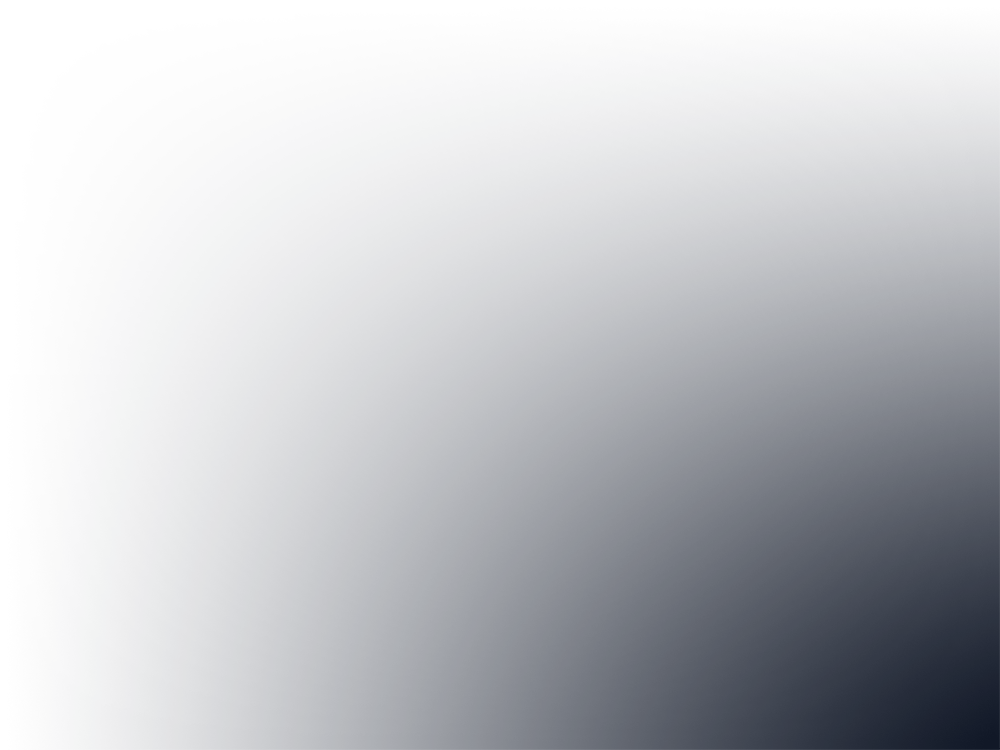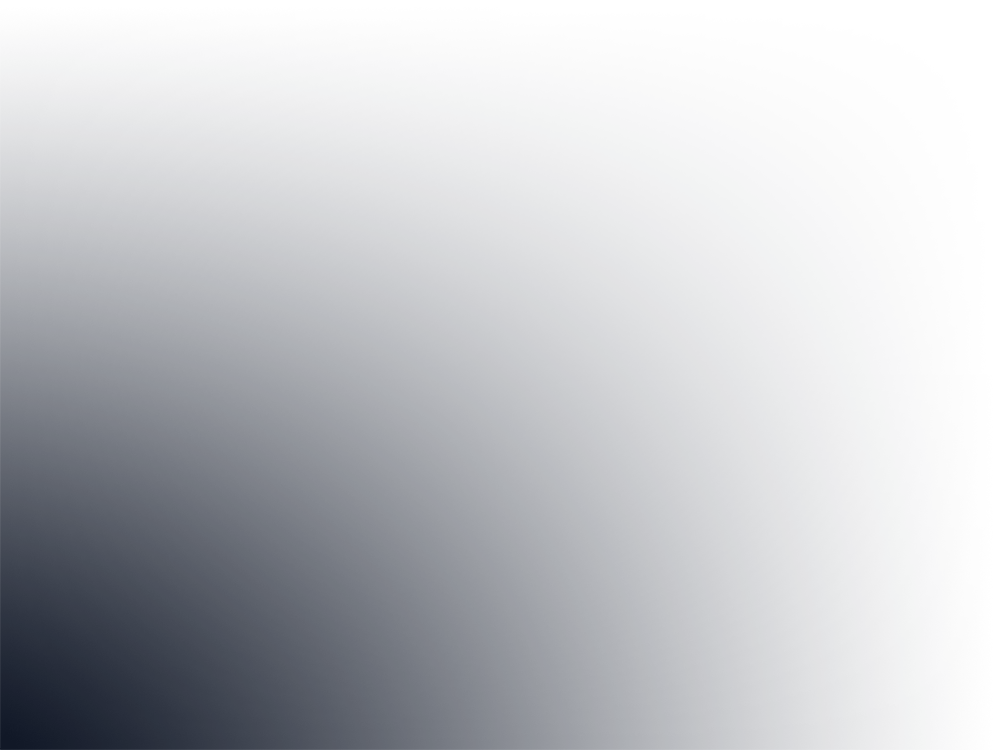Hey visitor 👋
My name is Grischa Erbe. I'm a creative technologist from Karlsruhe, Germany.
Here are some projects I was working on in the past.
Touch for Luck
visit touchforluck.comMultiplayer art game
Touch for Luck is the inaugural digital commission of M+, Asia’s brand-new museum of contemporary visual culture in Hong Kong which will illuminate the M+ facade.
Touch for Luck is an interactive digital work that reflects our collaborative online presence and the mechanics of social platforms designed to hook you to the screen through a game. Staged on the M+ Facade, the pond of fish connects you to your phone and allows you to join up with others who are touching their own screens simultaneously.
Touch for Luck probes into the absurdity and problems of tour touch-fuelled online lives.
The full view of the pond will be projected on the M+ Facade, a 7000 m2 light-powered canvas facing Victoria Harbour, visible up to 1.5 kilometres away when viewed on Hong Kong Island. Players are able to see their own fish 1000x enlarged live on the M+ Facade.
Sketches of the final charm design

Gamification
In this art game your objective is to touch your phone screen without letting go. It’s all about touching your screen, and getting in touch with others who are touching their own screens simultaneously.
Your time spent touching earns you ‘Un-Touch-Time’; a time buffer during which you can have your finger lifted, without having to start over. The longer you touch, the longer you are allowed to lift your finger for. Excluding these short breaks, in a completed game you will have touched your screen for a total of three hours.
Under your touch a story unfolds. You receive small feel-good gems that begin to adorn your body. Your sustained touch keeps bringing you luck, so you can’t help but want a bit more each time.
You’re one fortunate fish. It’s all about you. Your perseverance is rewarded; your popularity grows, you gain influence over others, perhaps even wealth and power.
The gems you collect throughout the game are your ‘lucky charms’; they make you feel gratified and loved. These tokens of luck echo popular and addictive mechanisms like views, likes, followers or trending tags, but also features like face filters, selfies, popularity scores, and so on. This way, we refer to mechanics that frame our virtual identities and make people connect with their phones.
While the experience is beautiful, funny and satisfying, it probes the absurdity and problematic nature of this touch-fueled online presence.
The Ultimate Fish that collected all available charms

Development
Developing Touch for Luck was a process that lasted about two years. It started with the simple idea of people touching their phone screen simultaneously and they would see each other in one space. For the M+ Facade in Hong Kong we introduced the concept of luck and its symbolism, such as koi fish and lucky charms. The pond projected on the Facade is thus full of lucky fish.
I prototyped the initial look and feel of the fish in Cinema4D. Once I knew what parameters were important I rebuild the fish in Blender which is more suitable for web projects. In the browser we iterated on the movement and behaviour in code, and also added the charms. Jae Perris built a server-side collision detection system in Rust and did lots of other optimisations to make the project run smoothly.
M+ Facade
The M+ building in the West Kowloon Cultural District, Hong Kong is one of the largest museums of modern and contemporary visual culture in the world. Located at the southernmost edge of Kowloon overlooking Victoria Harbour, it is among Hong Kong’s most iconic landmarks. Designed by Herzog & de Meuron in partnership with TFP Farrells and Arup, the building is composed of a podium and a slender tower that fuse into the shape of an upside-down ‘T’.
The full view of the Touch for Luck pond will be projected on the M+ Facade. Facing Victoria Harbour, the M+ Facade lights up nightly as one of the largest media facades in the world. At 65 metres tall by 110 metres wide, it is visible up to 1.5 kilometres away when viewed on Hong Kong Island. This enormous light-powered canvas, embedded with thousands of LEDs, enlivens the Hong Kong skyline with ‘a new pond in town’.
M+ Facade view from the boat leaving Victoria Harbour

M+ Facade at night

Thomas Boland visiting the M+ Museum construction site in 2019

View from inside the offices through the Facade.

Credits
Concept & Development
Design
Technical Development
Thomas Boland
Grischa Erbe
- Jae Perris
Editing
- Alexandra Barancova
Kathrin Hero
Sound Design
Volcano Pork
Commissioner
Dynamic Wallpaper Club
visit dynamicwallpaper.clubThe first platform for Dynamic Desktops
When macOS Mojave launched with a feature called "Dynamic Desktops" some friends and me were thrilled that finally the boring desktop background would come alive and we would have filmic scenes or abstract art playing in the background of our machines – all reacting to the current light and weather situation. The single "Dynamic Desktop" that shipped with macOS Mojave was quite disappointing, to say the least.
We reverse engineered the new file format that made it possible: HEIC-files are able to store not only media content (that is images and videos) but also the metadata that allows linking images to certain light situations.
We developed a platform that made it possible for others to create these desktop backgrounds without the need to learn how to use a command line interface. This platform is called Dynamic Wallpaper Club.
To this date, this platform hosts 14.866 Dynamic Desktops from 125.487 registered users and 2.135.383 Dynamic Desktop downloads. Dynamic Wallpaper Club is visited by over a million users every month. Needless to say we are thrilled by these numbers as it's clear that our first impression of this technology didn't fool us.
All these Dynamic Desktops are created on an old iMac that we use as our Dynamic Desktop generating server. This is because the machine that actually creates the files from single images needs to be a Mac, and Mac servers to rent are crazy expensive.
Technical Notes
The backend is a Google Firebase Backend which uses the Firestore Database as well as the Google Firebase Storage Solution and some other Firebase Services. To keep costs low and performance high we put two CDNs in front of it.
Credits
Concept & Design
- Felix Plachtzik
Grischa Erbe
- Valentin Pfister
Development
- Valentin Pfister
Grischa Erbe
Graduation Studio
Online exhibition and event platform
A platform for different times
The platform Graduation Studio presents, streams, and archives for the course of six weeks the work of 30 graduates at the State University of Applied Arts Karlsruhe, covering the disciplines of art research and media philosophy, communication design, exhibition design and scenography, media art and product design.
The challenge this project posed was bringing together a live streaming video platform and a showcase for artworks in a way that is accessible and at the same time tickles your spirit of discovery. The showcased projects are presented in a one-take video of all projects after one another, each project has its own segment and additional information is presented in a panel from the bottom. A backstage section lets the user spy into the live production.
The Graduation Studio was promoted on advertising columns reserved for cultural events. They are quite empty now.

The platform is divided into 4 sections.

The events section features a program for upcoming events as well as live content and an archive of past events.

A one-take video accompanied by additional information on the artworks.

To make the experience more approachable, a backstage section was introduced.

Graduation Studio is a video platform. So everywhere you go, you will be greeted with a video.

Technical Notes
The frontend is based on NuxtJS written in Typescript and consuming the data from a Strapi backend via GraphQL. Vimeo is used for live streaming and hosting videos for increased data privacy, custom video player looks, easy streaming options for the video production team and a better overall quality over its alternatives like YouTube and others. A separate server was handling email subscriptions for events and live video management.
Credits
Project Management
Stefan Legner
Program & Concept
Anja Ruschival
Jandra Boettger
Texts
Jandra Böttger
Curation & Scenography
Sophia Stoewer
Christina Scheib
Art Direction & Graphic Design
Marcel Strauß
Felix Plachtzik
UX & Design Consulting
Grischa Erbe
Development
Grischa Erbe
Valentin Pfister
Typeface
Lukas Marstaller
For Play
visit feeldforplay.comA digital foreplay experience
For Play is a first of its kind 'digital foreplay'. With For Play we allow all humans to play with each other in a sensual way. When entering the site feeldforplay.com you become an orb and get thrown into a virtual space together with a few other wobbly soft orbs. If you look carefully you will see a reflection of yourself on the skin of the orb.
Then the tickling starts. Move around and start bumping into other soft curious orb souls. Tap to tease, make sounds and bounce. Your orb will flirt, touch, hug, tickle, squeeze and poke... We call For Play a safe, digital foreplay experience. Developed for Feeld, the first dating app for open-minded couples and singles.
We are entering an era marked by blurred boundaries between the artificial and the physical, a clash between human flesh and rational data. We are massively surrendering our physical selves to the virtual. With For Play we try to focus on the sensual possibilities the digital space offers us.
In times of online conferencing and video conversations a virtual video encounter to play with is only the next logical step.
For Play works on mobile and desktop.
Technical Notes
The project consists of a browser and a server based component. The server helps setting up the data and video connection between visitors, the browser is where most of the work happens. We chose three.js as our 3d graphics framework and used React with Redux for the user interface. With these tools we worked on creating a satisfying look and feel for the colliding orbs and connecting multiple users from all over the world in real-time.
Soft Body Collisions
Our custom soft body physics engine is based on the idea that collisions of soft spheres can be divided into two parts ➝ The physical interactions between spheres, meaning forces that push spheres apart in the moment of collision and the visual aspect of deforming spheres in respect to collisions.
While the physical interactions are calculated on the CPU, the deformation of the spheres happens on the usually faster GPU instead of the more versatile CPU with the help of shaders.
Real-time communication
For connecting users we use WebRTC. We obfuscate and transform the camera feed of a user with a shader. The server keeps track of all connected users and puts them in virtual rooms. Every user can then setup a peer-to-peer connection with the others. This means video and control data is not send to our server, but directly from one user to another. With a connection in place users can see each others video streams and communicate by tapping and moving, all in real-time.
Credits
Concept and development
Production
Technology
Thomas Boland
Grischa Erbe
Jae Perris
Design
Jolana Sýkorová
Sound design
Volcano Pork a.k.a. Simon Wald-Lasowski and Sajoscha Talirz
